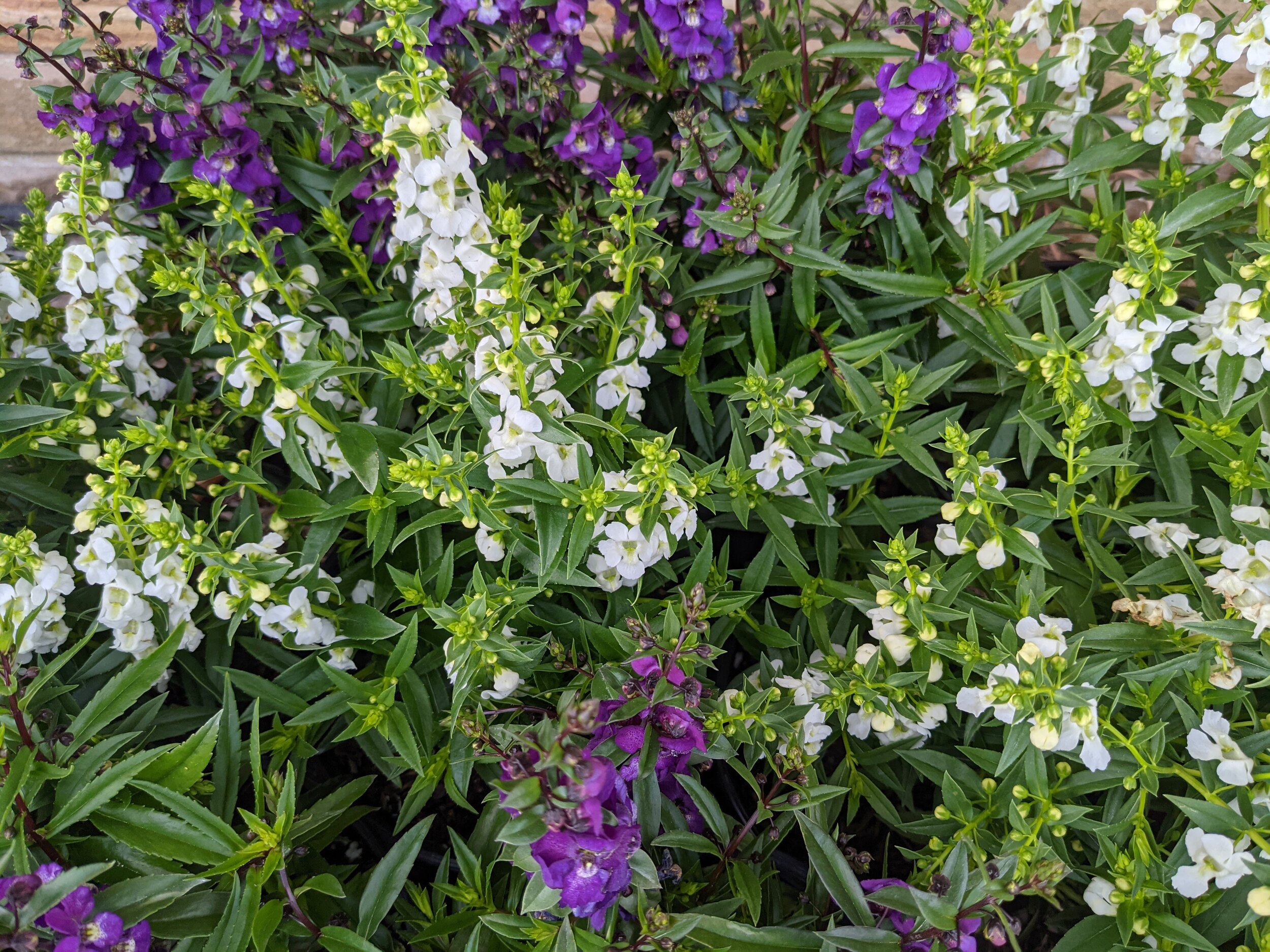Frequency: Every 4-6 weeks
BC3 is interested in preserving and improving the quality of our environment, and understands the importance of South Florida Landscapes. Native plants are not only beautiful, but low maintenance and easy to grow.
Why Native?
Preserving our ecology is not only a matter of preserving nature, it is a matter of preserving our future, of being aware of our surroundings and understanding that every action has consequences. South Florida has one of the most unique ecosystems, yet it is the most endangered of North America. It is estimated that no more than two percent of the original ecosystem is truly intact.
Ok, what can I do?
Plant friendly! Selecting the right planting material could enhance our overall environment. You will be contributing to the improvement of our region with the simple act of planting a native.




